Art Fairs
Historic Female Dealers Lead the Way at X Contemporary
Works by Jean-Michel Basquiat and Paul Jenkins are among the other highlights.
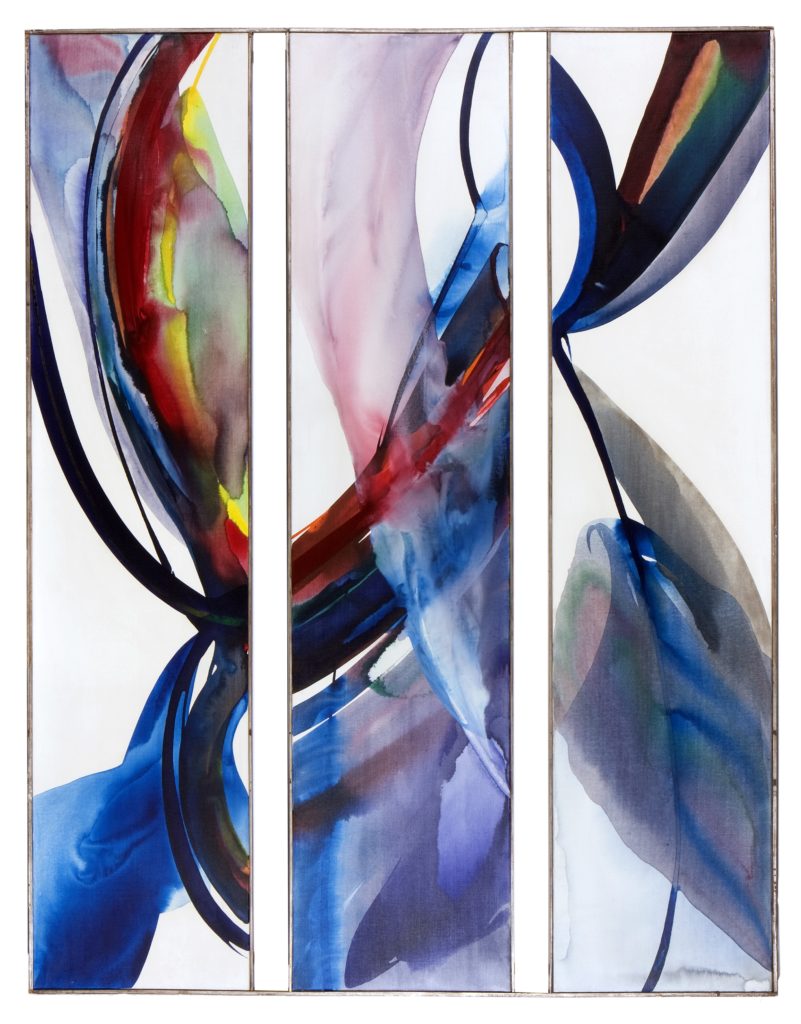
Works by Jean-Michel Basquiat and Paul Jenkins are among the other highlights.

Sarah Cascone

As art collectors flocked to the Miami Beach Convention Center for the opening day of Art Basel in Miami Beach on November 30, X Contemporary quietly celebrated the launch of its second edition slightly north at Miami Beach’s Nobu Hotel.
It’s a new location for the fair, which was last year held in a tent in Miami’s Wynwood district.
The fair made a bit of a splash in pre-Miami Art Week coverage for two of its planned booths: “Neptune’s Place: Early Works by Jean-Michel Basquiat,” presented by Brooklyn’s Bishop Gallery; and “The Women Who Made Modern Art Modern,” curated by Michael Klein.
The former is the public’s first chance to see 20-odd early works by the legendary artist, all created between 1979 and 1981 in New York. The booth is curated by Al “SAMO” Diaz, a former collaborator of Basquiat’s.
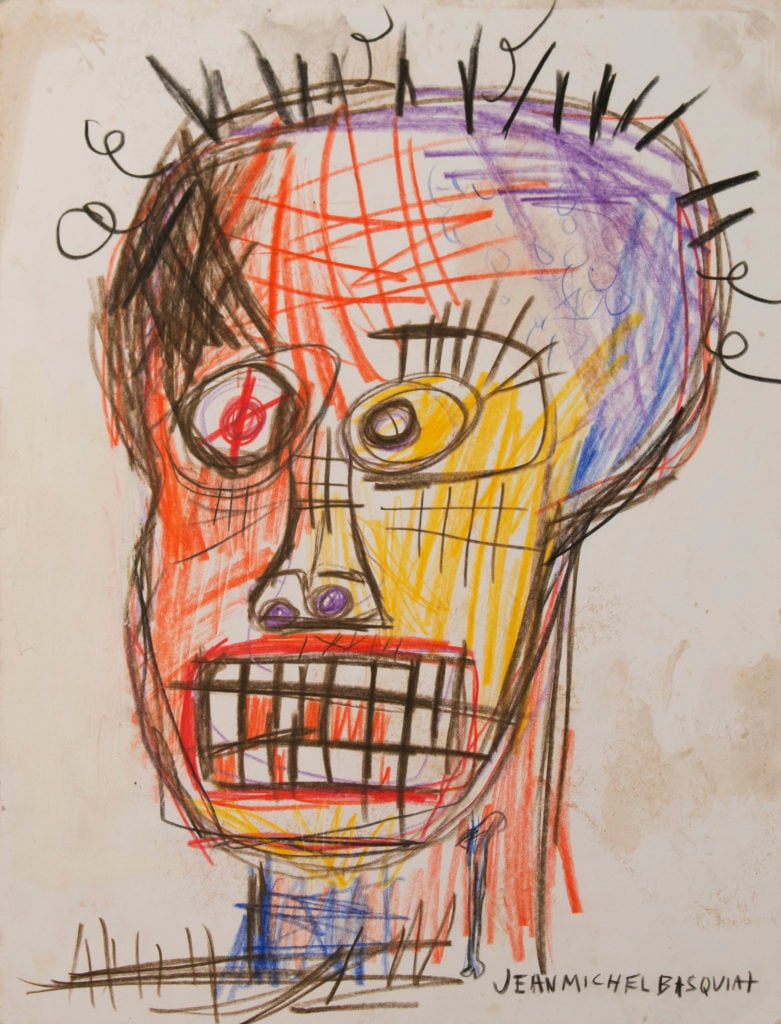
Jean-Michel Basquiat, Untitled (colorful skull face). Courtesy of Bishop Gallery.
The latter shines a light on the underappreciated contributions of women dealers who played key roles in “promoting, marketing, and selling many of the artists we think of as top of the line,” Klein told artnet News. He’s compiled a lengthy essay on his subjects, who include Martha Jackson, Terry Dintenfass, and Marian Willard, as well as more familiar names such as Peggy Guggenheim and Betty Parsons.
A private dealer, Klein is an X Contemporary vet, having presented works by Grace Hartigan at the fair’s inaugural edition in 2015. The 12 dealers and small selection of 20 works he is showcasing are just a small taste of a larger, mostly untold story, he explained, noting that “I could have had 150 pieces.”
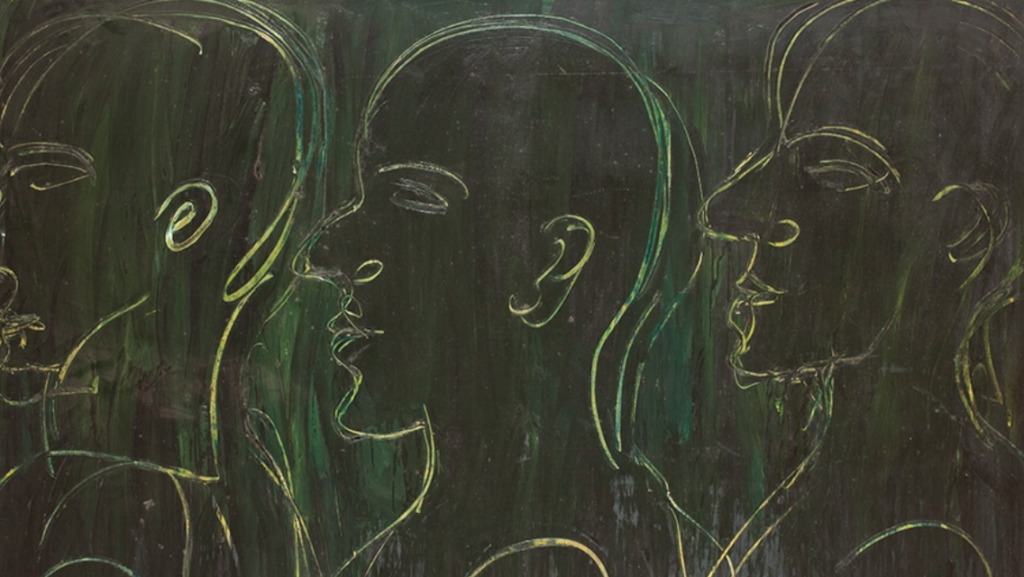
Lester Johnson, East Hampton, Three Profiles (1962). Courtesy of Private Collection, Chicago.
The works are mostly on loan, and are in many cases for sale, with prices ranging from $4,500 for a charcoal study by Elaine de Kooning—represented by Eleanor Ward, who gave Andy Warhol his first show—to $150,000 for larger works.
A gorgeous 1962 figurative canvas by Robert Gwathmey titled Ecstacy, as well as PHENOMENA GALILEO GALILEI, a colorful 1963 triptych on canvas by Paul Jenkins, are among the standouts.
These two headliners lent the fair some much-needed cachet: other booths were something of a mixed bag, suggesting that the young fair hasn’t quite nailed down its identity. And even if there was plenty of chaff, it meant that prices were more reasonable than at some of the bigger fairs, with some works starting at as little as $400.

Barbara Rosene, The Village Vanguard. Courtesy of Barbara Rosene.
Dealers are also excited about showing there, which always helps. Mani De Osu of Brooklyn’s Neoillusionist Gallery was intrigued by the possibilities of the fair’s name, telling artnet News that the “X” suggests “the unknown of contemporary art, something to bring the unseen.”
There were also some pleasant, unexpected discoveries, such as Barbara Rosene, a largely self-taught artist who paints the various bars and establishments where she has performed as a singer. The works, which had a quaint, folk art feel, were priced at $2,500 each by the artist, who was representing herself at the fair.
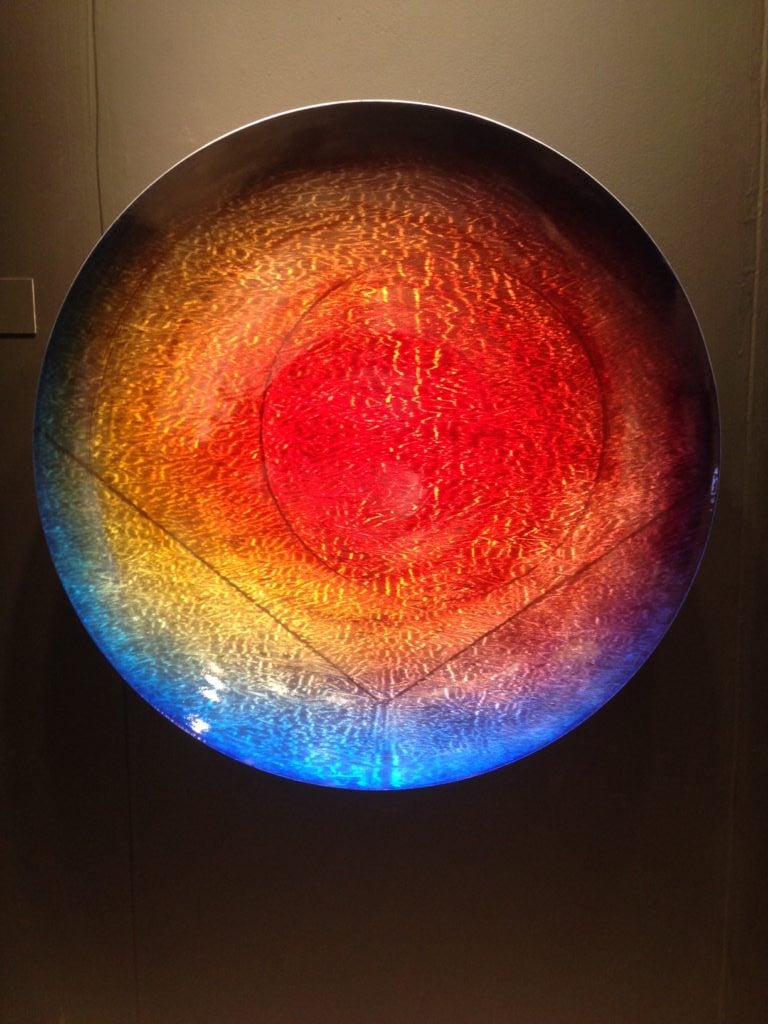
A piece by Andreas Nottebhom. Courtesy of Sarah Cascone.
A shimmering array of metallic works greeted visitors at Emillions Art of Naples, Florida. Andreas Nottebohm, a former artist-in-residence for NASA, has developed a fabulous technique for applying oil paint to aluminum panels that have been buffed to create a scale-like surface.
The effect was one of constant motion and the suggestion that there was a hidden image in the surface, alá those old 3-D Magic Eye images. Prices on the works ranged from $12,000–$60,000.
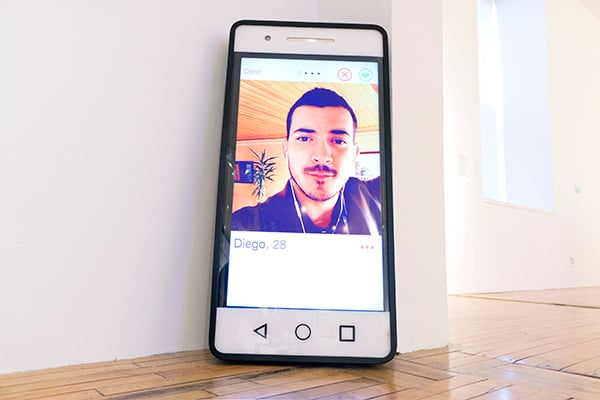
Juan Obando, A Bird Without A Song. Courtesy of Timebag.
Also strangely captivating was Juan Obando‘s A Bird Without A Song, a video sculpture playing on an oversized cell phone. The artist has selected Tinder profiles and roughly animated the users’ faces so that they appear to lip sync to Sinead O’Connor’s “Nothing Compares 2 U.” Obando was one of a group of Colombian artists showing at the booth for Medellin’s Timebag gallery.
More somber were sculptures by Sandra Muss, created from old industrial doors from the Berkshires, where the artist works in a former lumber mill. The decades of factory life lie heavily on the sculptures, which suggest gateways to new possibilities, as well as paths not taken.
The works, a series titled “Permutations,” were priced at $20,000 each—$140,000 would buy out the entire seven-work booth from Brooklyn’s OCP gallery.
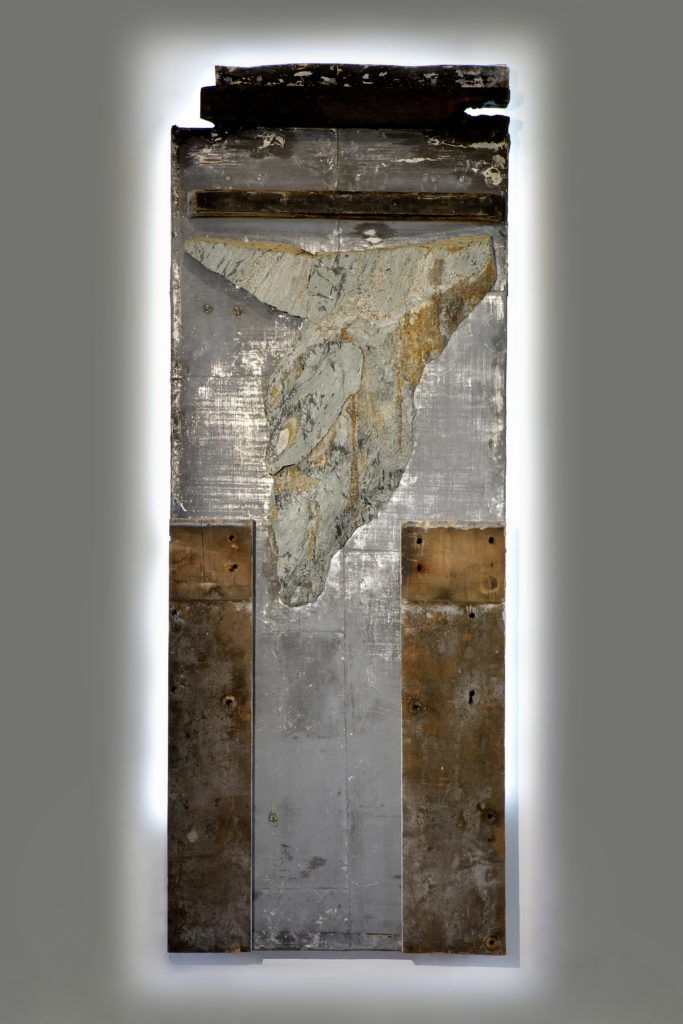
Sandra Muss,
Quarry Angel (2016). Courtesy of OCP.
Weathered work also appears at Orlando’s City Arts Factory, a nonprofit community space that is showing, among other works, a series called “Receptual Ghosts” by Johann Eyfells. The pieces, on paper and canvas, are rust transfers created by burying the material beneath metal and letting nature work its magic. The ghostly images are haunting in the best kind of way.
Visitors will also find themselves drawn to Rachel Lee Hovnanian’s special artist project with Imago Galleries, a custom phone charging station with 12 outlets that supports different smartphone brands. It’s titled the FMLMBD Charging Station, the artist’s new acronym for this utterly relatable situation: “FUCK MY LIFE / MY BATTERY’S DEAD.”
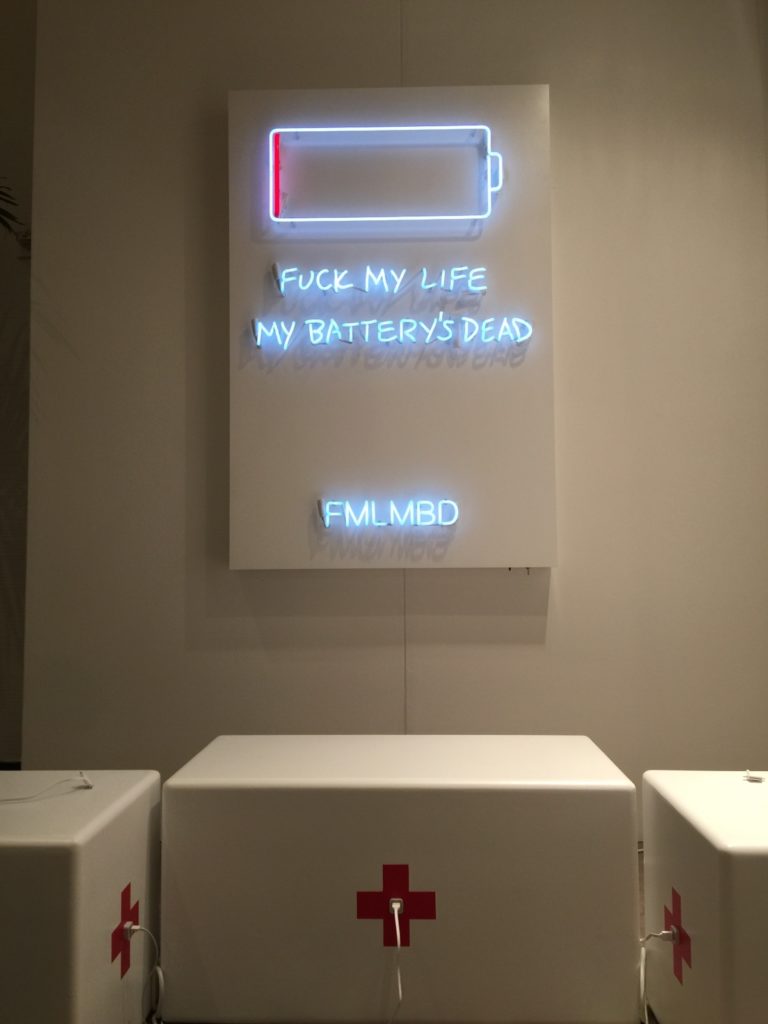
Rachel Lee Hovnanian, FMLMBD Charging Station (2016). Courtesy of Imago Galleries.
Hovnanian has marked the booth with a neon red cross, suggesting that today, a dead battery is practically a medical emergency. Though the piece responds to a uniquely 21st-century problem—who among us hasn’t run out of juice at an inopportune time?—“it brings people together in the old fashioned way,” Hovnanian told artnet News.
The booth had been full of grateful visitors all day, most of whom wound up talking among themselves, perhaps recharging on more than one level during the chaos that is Miami Art Week. “It became,” noted Hovnanian, “a community.”